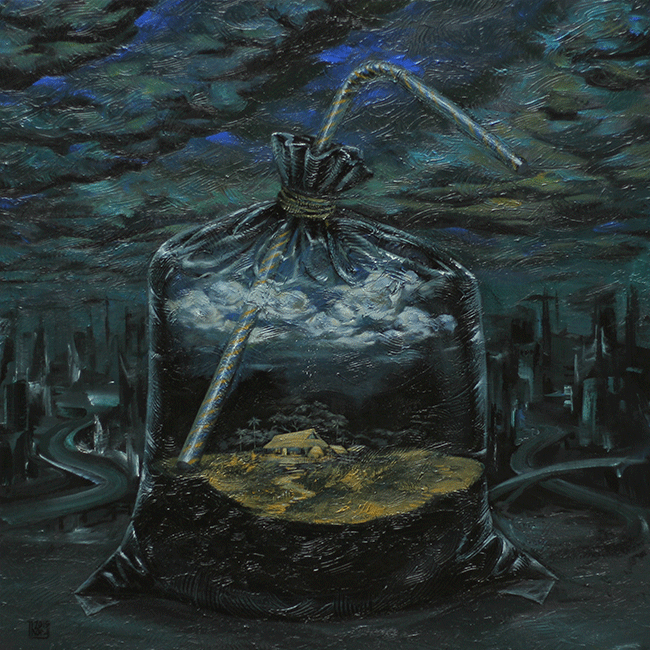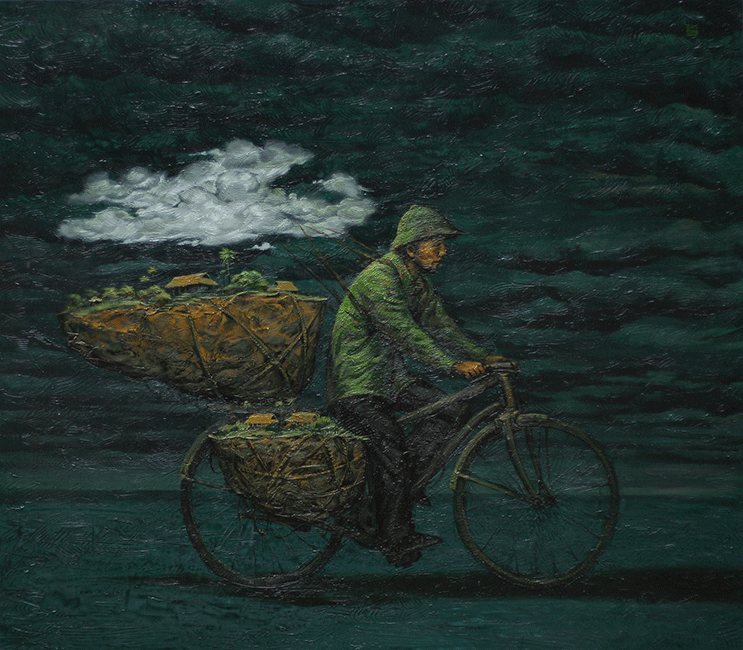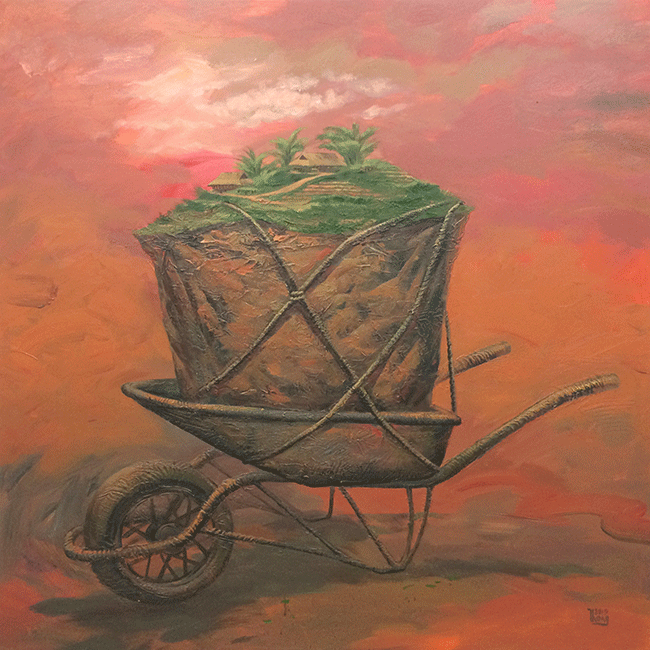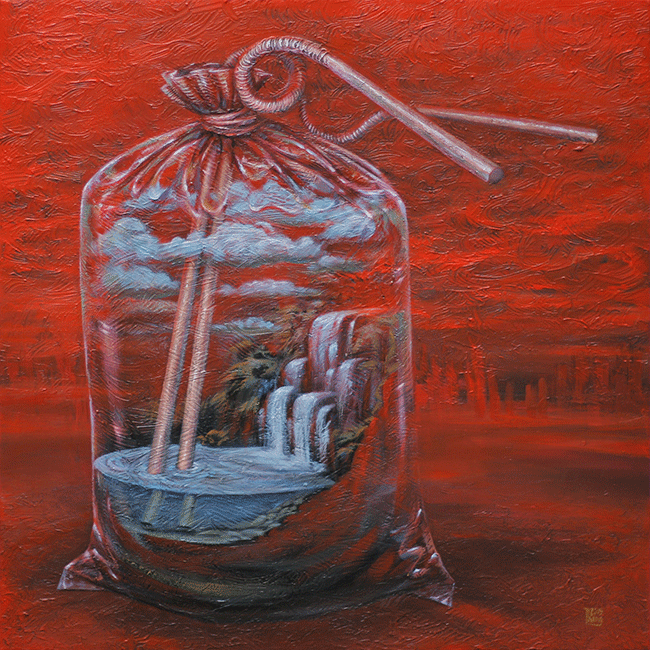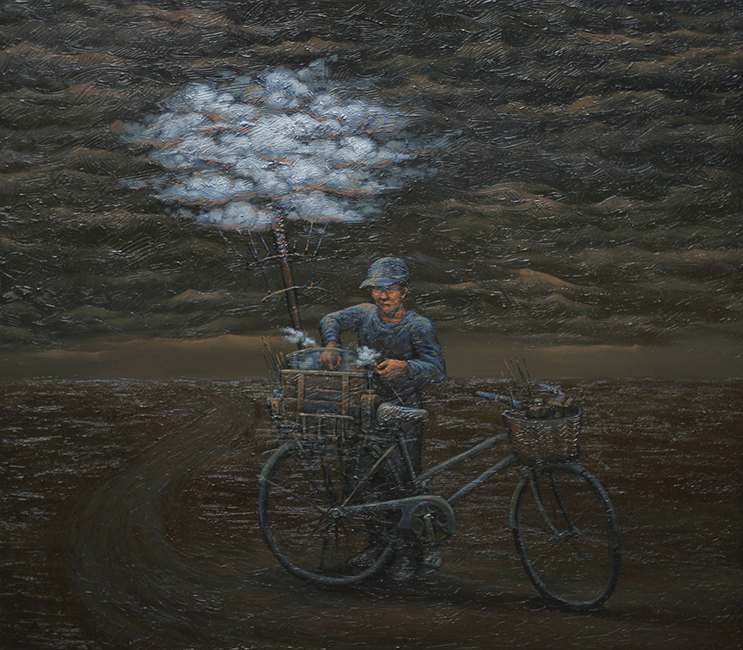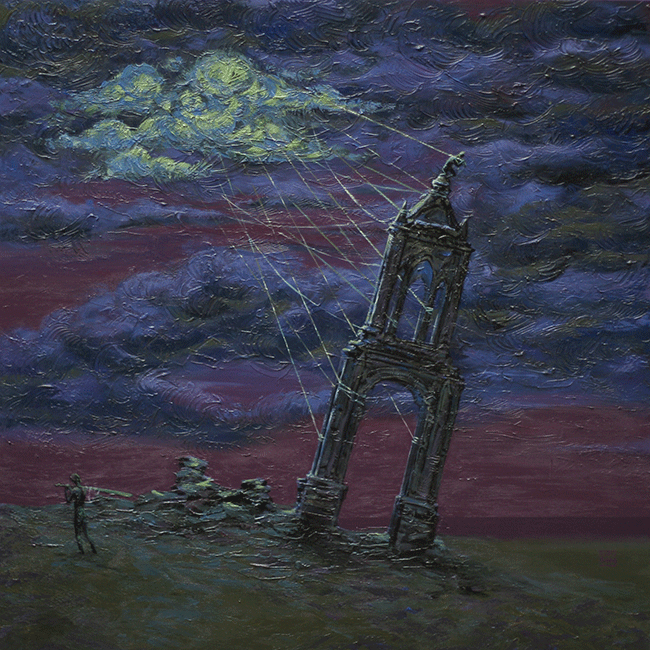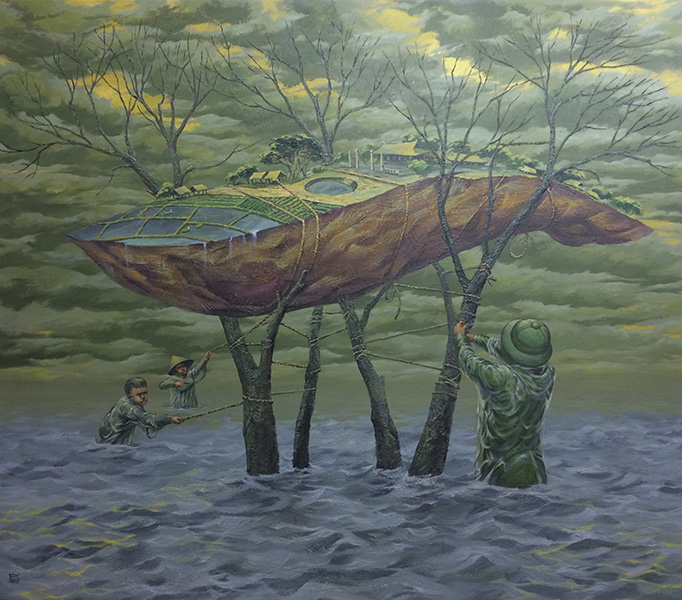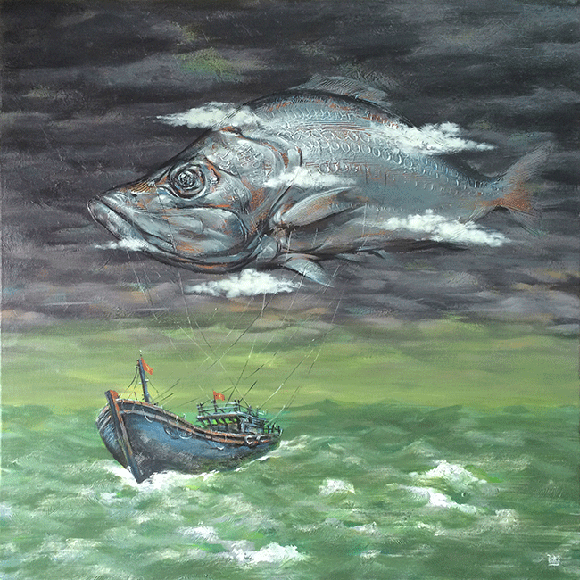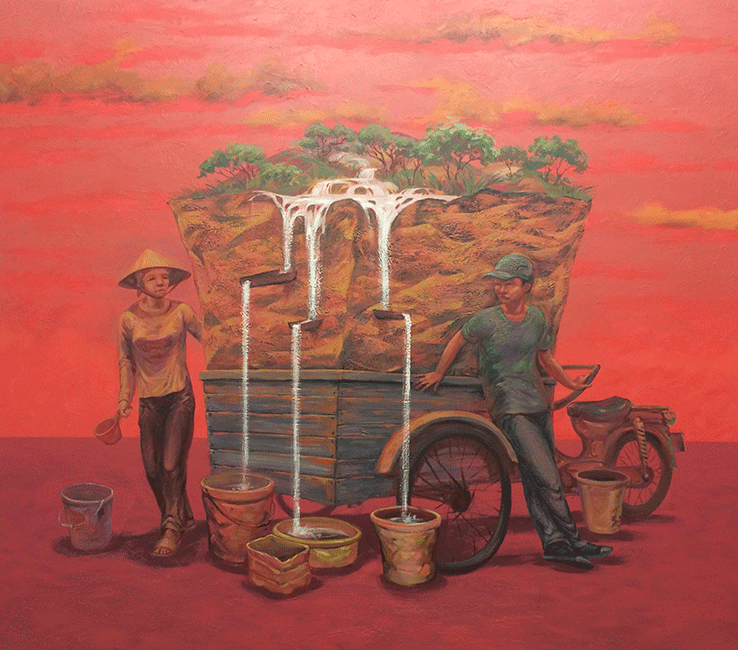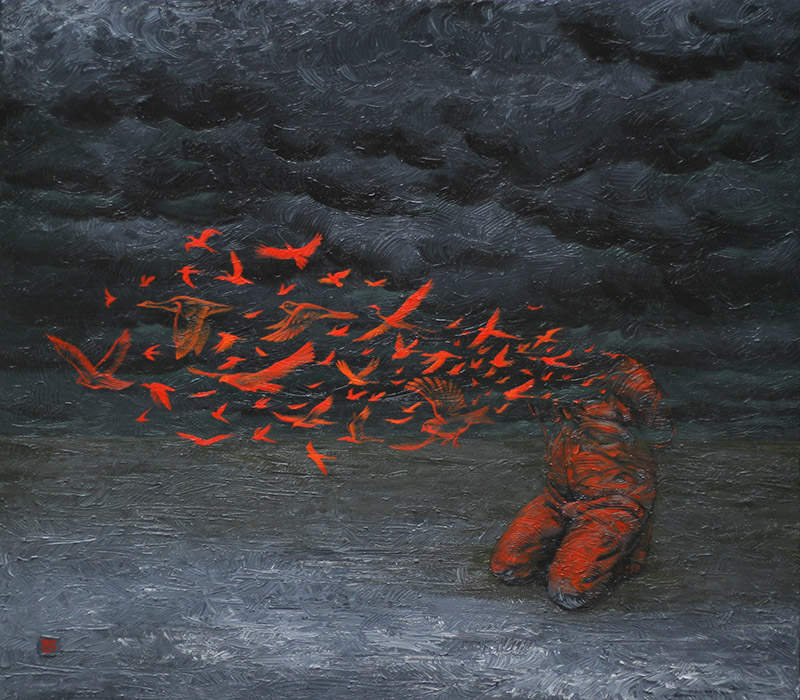Hope
Opening Reception: 11 December 2015, 6 - 9 pm
Pham Huy Thong (b. 1981) is one of Vietnamâs most thoughtful and compelling young visual artists. A talented painter, Thongâs previous collections Dong Bao (2010) and Hands (2012) have demonstrated not only his technical finesse but also his relevance as a commentator on the social and polictical issues effecting Vietnam and the Southeast Asian region.
Thong commenced the Hope series in early 2014 with an aim towards focusing on issues relating to Vietnamâs rural farmers and urban poor. The artist…
Pham Huy Thong (b. 1981) is one of Vietnamâs most thoughtful and compelling young visual artists. A talented painter, Thongâs previous collections Dong Bao (2010) and Hands (2012) have demonstrated not only his technical finesse but also his relevance as a commentator on the social and polictical issues effecting Vietnam and the Southeast Asian region.
Thong commenced the Hope series in early 2014 with an aim towards focusing on issues relating to Vietnamâs rural farmers and urban poor. The artist…
Pham Huy Thong (b. 1981) is one of Vietnam’s most thoughtful and compelling young visual artists. A talented painter, Thong’s previous collections Dong Bao (2010) and Hands (2012) have demonstrated not only his technical finesse but also his relevance as a commentator on the social and polictical issues effecting Vietnam and the Southeast Asian region.
Thong commenced the Hope series in early 2014 with an aim towards focusing on issues relating to Vietnam’s rural farmers and urban poor. The artist wishes to highlight how Vietnam’s recent process of urbanization and modernization has created and is exacerbating the gap between rich and poor in the country. Of the Hope series, Thong says:
“I want to portray images of famers in a spiral of economic changes. As in all developing economies, farmers in Vietnam have had to flee their homes and fields to get to the cities where they can find jobs and more secure incomes. As a result, village culture and family clan ties thousands of years in the making have been loosened. In my most recent paintings, I want to look more deeply but also more generally at the issues surrounding the process of a farmer leaving his ancestral village.
The development of any big city actually involves the amalgamation and absorption of the diverse influences of its neighboring regions and can sometimes be understood in a way that is quite “mechanical.” Viewed through a cultural lens, the exchanges during migration involve accretions. Each person that leaves their village will bring to their new destination some of their homeland’s own distinctiveness or “local flavor.” In economic terms, however, there is more of an exchange between rural people and their destination cities. These people go to the cities to find work and do not return until harvest time or when asked to return home to perform an important familial duty that cannot be refused. Bringing energy, time and even happiness to the city to sell, farmers purchase the chance of survival for their families. The exchange here can sometimes be conceived of as a form of “bet” when viewed from a psychological and religious perspective. By analyzing the observable factors, I want to touch on the string of connections between country people and the homelands lying behind them.
With the three paintings Land for Sale, Hometown Along, and Homeland Burden, I have not incorporated the destination that these country people are heading towards as I did not want to make a choice between the image of an actual city or some happy abstract shore. Instead, I painted them in orientations of movement while still carrying pieces of their home villages with them. Home is the departure point but it is also something which is burdening them throughout their journies. They go with the hopes of being able to send money back to their families, but in the process they also lose something of themselves and their roots in the effort to make their bread and butter.”
Pham Huy Thong graduated from the Hanoi Industrial Fine Arts University in 2004. Thong’s Hope collection will be displayed at CTG’s new Calmette space from 11-15 December, and then will be moved and displayed at CTG’s original space (27i Tran Nhat Duat Street, District 1) from 16 December through 8 January 2016.
Read more
Read less

